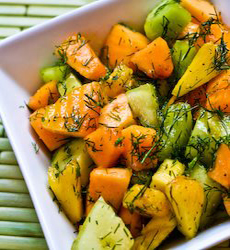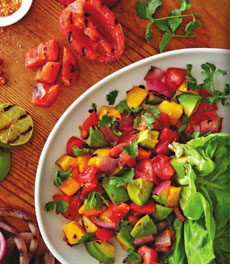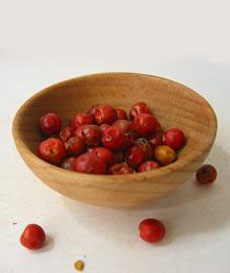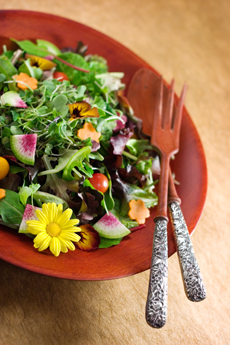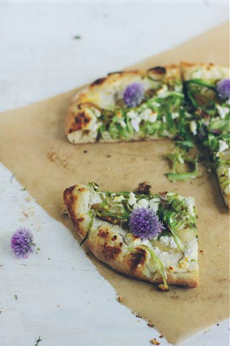|

Stout has never tasted better. Photo courtesy Spielgau.
|
|
For decades, connoisseurs of fine wines and spirits have been able to enjoy them in glasses engineered by Riedel, to bring out every last nuance of flavor and aroma. If you’ve ever compared drinking a wine from the correct varietal-specific Riedel glass (Bordeaux, Brandy, Chardonnay, Tequila, etc.) and a generic wine glass, you know the results are amazing.
Last year right before Father’s Day, we featured the first variety-specific beer glass, an IPA glass from Spielgau, specially contoured to enhance the flavors and aromas of IPA beer.
This year, Spielgau—a 500 year-old company that was purchased by Riedel in 2004—adds the world’s first stout-specific glass. The company hopes to do for beer what its parent company has done for wine.
Stout is a heavier style of beer characterized dark color, malty flavor, and thick, foamy head. The wide mouth of the 21-ounce Spiegelau Stout glass is conducive to pouring a strong head, while the flared base helps focus the beer’s aromas, which can then emanate from the glass’s wide opening. (See the different types of beers.)
|
|
The stout glass was developed and tested with two American craft brewers of stout: Left Hand Brewing Company of Colorado and Rogue Ales of Oregon. A set of two glasses is $25 at SpielgauUSA.com. Branded versions of the glass with brewery logos are available through LeftHandBrewing.com and Rogue.com, respectively.
|
|
HOW THE SPIEGEL STOUT GLASS WAS DEVELOPED
Hundreds of glasses pulled from Spiegelau’s glassware archive were tested against a variety of the brewers’ own stouts to find the glass shape that had the most profound effect on the aromas and flavor profiles of each stout beer. After narrowing the options to a handful of shapes, Spiegelau’s German factory created six final prototypes for testing all stouts, varying by several millimeters in height, bowl width, angle and capacity.
After many deliberations, Left Hand Brewing Company and Rogue Ales separately and unanimously determined that the Prototype “C” stout glass delivered the optimal taste, aroma and mouth feel to enhance stout beers. The winning shape has:
A voluminous, open bottom glass base that drives beer and aromatic foam upward into the main bowl.
A wider, conical bowl that significantly amplifies aromas and also provides superior flow to mid palate, improving the taste, mouth feel and finish of complex stout beers.
A stark, angular shape and open base that create dramatic visual cascading effect into the glass as the beer is poured.
Ultra-pure quartz material, that makes for unsurpassed clarity and flawless, true color presentation of stout beer.
So the next great gift for a beer lover: Spielgau stout glasses with a selection of artisan stouts.
|
|
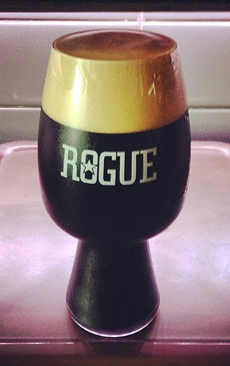
The two “developer” breweries offer branded versions of the stout glass. Photo courtesy Proof Brewing Co.
|
|
ABOUT STOUT
The darkest and heartiest of beers, a stout is top fermented and differentiated from a regular ale by its brown-black color, chocolate-coffee flavors and fuller body. This is achieved by brewing with barley that has been dark-roasted to the point of charring (think of espresso beans, compared to a medium-roast coffee). Stout is thus both darker and maltier than porter, has a more pronounced hop aroma, and may reach an alcoholic content of 6% to 7%.
Stout originated in Ireland, where most traditional stouts are very rich, yet sharp and slightly bitter. Stout is well-paired with strong cheese and a spicy sausage such as andouille. There are different types of stout:
Chocolate stout is a sub-category that uses different malts for an even more pronounced chocolate flavor. These days, some brewers add actual chocolate into the brew, or brew over cacao beans, or both.
Coffee stout uses dark roasted malts to add a bitter coffee flavor. With the tandem growth of interest in microbrews and fine coffee, craft brewers have added specific ground beans to create, for example, “Breakfast Coffee Stout,” “Espresso Stout” and “Guatemalan Coffee Stout.”
Cream stout or milk stout is a style made sweeter with unfermentable lactose (milk sugar).
Dry stout or Irish stout is very dark and toasty or coffee-note style, exemplified by the world-famous Guinness.
Imperial stout, Russian stout or Russian imperial stout has more of a rich, roasted quality and a higher level of alcohol. These are potent beers that can be almost as thickly textured as liqueur. Examples include Samuel Smith’s Imperial Stout at 7% alcohol and Brooklyn Brewery’s Black Chocolate Stout, at 8.7% alcohol. The alcohol content of imperial stouts can go to 9% and 10%.
Oatmeal stout adds oatmeal to the mash, which gives a smoothness and creaminess to the stout. It has more restrained flavors and less alcohol than Imperial stout. Samuel Smith makes a benchmark oatmeal stout, with notes of fruit, licorice, chocolate and toffee.
|
|

